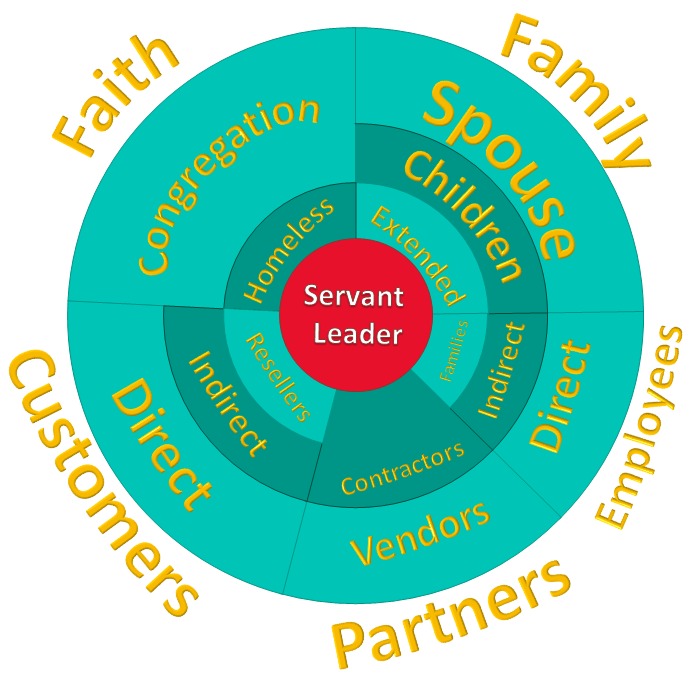THE WORLD’S #1 EXECUTIVE COACHING AND BUSINESS COACHING BLOG SINCE 2017.
What Defines a Servant Leader
October 21, 2015 | Category: Blog, Expert Interview Series | Last updated on: October 21, 2015

What kind of leader are you?
Whether you’ve come by the role in your workplace, local government, church, or family, are you more inclined to lead by command? Or are you driven by something different altogether? Ben Lichtenwalner, Chief Servant at Modern Servant Leader, says he is driven by a commitment to serve – and you should be too. John Mattone spoke with Ben recently about what defines a servant leader.
What is servant leadership?
Servant leadership is authentic leadership. The reason we need the term “servant” is because too many people confuse leadership as an achievement to reach, rather than a commitment to serve. If you are not serving others, you are self-serving – and that is not leading. The core concept behind servant leadership is quite simple: serve the needs of those you lead before yourself.
While the concept seems simple, it is often hard to define the practice of these principles. We use an acronym to help us remember the qualities of a servant leader. A SERVANT leader is: Selfless, Empathetic, Resolute, Virtuous, Authentic, Needful and Thorough. Naturally, there is a lot to unwrap in each of those principles, but this is a good way to frame the larger concept.
What is the greatest challenge of servant leadership?
Often, servant leadership is misunderstood as a call to serve only those individuals “beneath” the leader. This is why a leader should assess all the stakeholders that they serve, not just their employees. For example, a team leader is accountable not only to their employees, but to the families of those employees as well.
If the boss keeps their employees working late every night indefinitely, they damage families. At the same time, the leader has an accountability to the investors and must drive results. This is the challenge of great servant leadership. It’s easy to serve one group of stakeholders really well. However, a great servant leader recognizes the many stakeholder groups they serve and balances that service effectively.
How can a leader apply servant leadership in their community?
For a leader to apply servant leadership in their community, they should create a map of the serving circle. An example is provided here.
In this exercise, the leader should map out all stakeholder groups that he/she serves. For clarity, the leader can scale each group down according to the amount of time each group receives. Do this for your current reality, then do it again for your desired state. The gaps will be the areas where the leader needs to grow as a servant leader.
Do you have a specific story of transformation about one person who utilized these principles and made a positive, visible change?
There are many examples of servant leadership’s transformation and success. Right now, though, the most popular is Cheryl Bachelder, CEO of Popeye’s Louisiana Kitchen. When Cheryl took on her role at Popeye’s, the company had been in decline for years. Through her application of servant leadership principles at the company, the company achieved incredible turnaround results. She specifically tackled silos and a culture that did not encourage respect. In a relatively short time, this servant leadership model drove great results, raising average restaurant sales 25% and total profits 40%.
Can there ever be too many leaders?
There can definitely be too many non-serving leaders. In fact, I’d argue we see that today. Nowadays, we have too many self-interested individuals with leadership titles. You can see this in American government, where party lines are the primary motivator rather than the needs of the constituents our leaders serve.
In contrast, there can never be too many servant leaders. Servant leaders believe in the concept of first among equals. In other words, you may be a leader in one area because it is where you are most equipped to serve. Yet, when there is a critical need for a leader in a different area where that leader is not as strong, they happily let someone else lead who is better prepared. The humility and self-awareness practiced by servant leaders allows the right leader for the job to serve their stakeholders.


